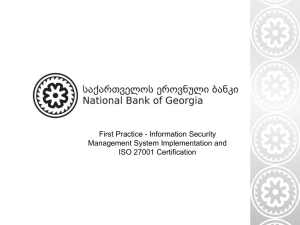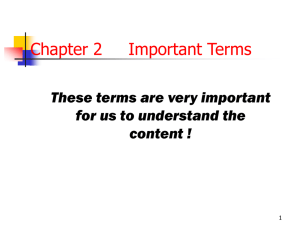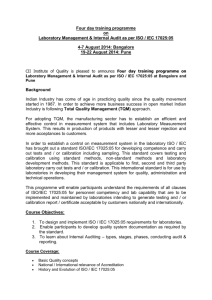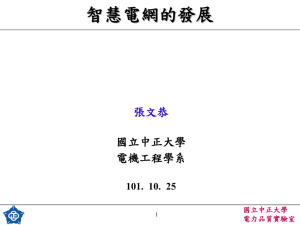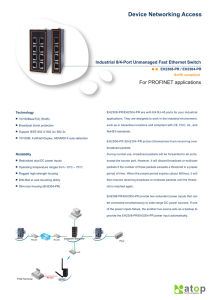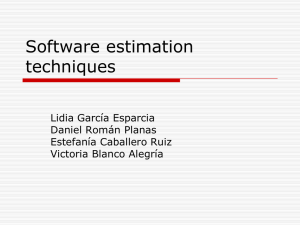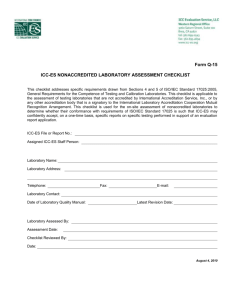Risk and Vulnerability Assessment Analysis in Distribution Networks
advertisement
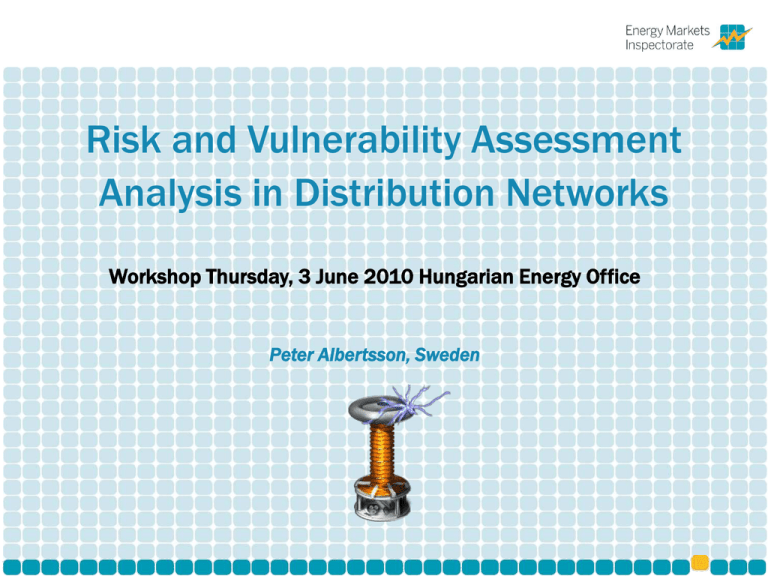
Risk and Vulnerability Assessment Analysis in Distribution Networks Workshop Thursday, 3 June 2010 Hungarian Energy Office Peter Albertsson, Sweden Continuity of supply I 1930s • Locally produced • Intermittent supply • Light • Radios No problem with long interruptions Continuity of supply II 1960s • National grid • Thunderstorm black-outs • Light, Radio, TV • Pumps, elevators etc. • Preserving food Frequent hour-long interruptions Continuity of supply III 2010s • International grid • Weather black-outs • Information • Heat, water, food • Machinery • Life support Interruptions unwanted! Hurricane Gudrun I Saturday January 8 2005 >0C > 43 m/s winds hit the coast > 30 m/s over land 730,000 powerless by midnight 380,000 after one day 230,000 after three days 130,000 after one week 60,000 after three weeks Hurricane Gudrun II Getting rid of fallen trees Temporarily repairing the lines 5000 men from Sweden, another 300 electricians from neighboring countries Military, volunteers DSOs knew what to do – but had not enough men! Hurricane Gudrun III 60,000 powerless after three weeks Power back to all except some summer houses after forty days Restore grids permanently: cables instead of overhead lines (still going on) Gudrun IV: After the storm Amendments to the Law • Reimbursements from 12 h • Risk- and vulnerability assessment • Action plan • Information to customers And from 1 January 2011: • No outage > 24 h Ever increasing need for better continuity of supply Systematic search for grid weaknesses • Risk and Vulnerability assessment (RVA) • Asset management (future possibility) Risk assessment: no novelty Risk analysis of technological systems IEC 60300-3-9 (1995) • Preliminary Hazard Analysis • Fault- / event-trees • FMEA Risk assessment: the latest A little more general Of less specific use for us I would still recommend IEC 60300-3-9 General Risk matrix Risk is The combination of the frequency, or probability of occurrence and the consequence of a specified hazardous event Probability Frequency (IEC 60-300-3-9:1995) Consequence Swedish specific Risk matrix The most common black-out reasons: - Weather (wind, snow, thunderstorms) - Failing equipment (ageing) - Construction (digging) Note the difference between risk and perceived risk in upper right corner! The owner of the substation is not the company who is dependent of it and did this risk assessment. Technology related view Different approaches: 1. Lines – the grid itself 2. Stations – components 3. Complexity – grid redundancy 4. Organisation Preliminary Hazard Analysis • Systematic brainstorm technique • Experience needed • Teamwork – the more different competences the better • Good overview – no details • Initial screening • Pitfall: solution orientation SE Lessons learnt I: Legislation • Output regulation (result oriented) • Established method (E.g. IEC standard) • Documentation • Reports to EI (including confidentiality) Regulation EI-FS 2010:3 Scope: Distribution, Transmission < 220 kV Topics: Introduction and definitions Analysis: what to do and achieve, suggested methods from standards, how to visualize (e.g. risk matrix), advise on documentation. Regulation EI-FS 2010:3 Topics (continued): Action plans (scheduled) Vulnerability based criteria: • Number of customers • Non delivered power (MW) • Non delivered energy (kWh) • Time to get up and running • (Society vulnerability) SE Lessons learnt II: Implementation • Co-operate • Meet • Educate • Listen • Acknowledge • Share good practices • Share good examples Regulation EI-FS 2010:3 DSO’s annual report Which method for the risk analysis (with source)? Which way to visualize, assess and rank risks? How many risks (in four groups) – identified and to action plan? Circumstances giving problems to “no outages longer than 24 h”? How many actions shall be taken? Are the actions on time? SE Lessons learnt III: Future supervision • Checking that the RVA is done • Monitoring the data of interruptions / continuity of supply • Bad performance leads to 1. Contact 2. Visit 3. Checking what was done 4. Demands Asset management: PAS 55:2008 Management system Managing physical assets to maintain or reinvest right Compare: ISO 14000 for environment ISO 9000 for quality Network companies are certified by 3rd party Asset management ISO standard BSI has invited 40 delegates plan to come End of April cancelled (ash) 15 – 18 June, London Beginning of preliminary work Acknowledgements and thanks • IEC / BSI / IAM / ISO • Lines: Öresund Safety • Stations: Fortum • Complexity: Grontmij • Organisation: SEAB, Staffanstorp, Skåne • Preliminary Hazard analysis: Boden Energi Elnät • UK: Ofgem Thanks for your attention Köszönöm Tack för uppmärksamheten Danke schön Mange takk Kitos Gracias Eucharisto Todah Rabah Hungarian views courtesy Erik Blomqvist

